|
The Dawn Man— |
|||
|
The legend of Bigfoot is the legend of Sasquatch. It was in its earliest form a legend of a missing link (if you must call it that). It was the legend of some quite unexpected relic of the world primeval. It was perhaps a subhuman link with modern man that continued to survive in its remote habitat. If not Canada’s modern concept of the Sasquatch. At the very least these prospects juiced the hunt. It was not just a hunt for an undiscovered species of primate. It was the real life pursuit of the exciting world of an Edgar Rice Burroughs novelette. The backdrop was a land that time forgot-- the forest primeval. The quest was for the ape man. It was the ultimate hunt. No one can question that such prospects are exciting. Such theorizing also ennobled the hunt for something that really was quite nebulous and often times painted with a carnival brush. Over time, however, this image began to fade to something far from as exciting. With Grover Krantz’s ascendancy in the theorizing of Bigfoot, the denizen of the forest underwent a major change. The theory of Gigantopithecus had been held by some since as early as the 1950s, but by the 1980s he began to make it the only theory. He began to turn Bigfoot into something respectable, into a known though possibly inaccurately classified as extinct species of giant prehistoric ape. He accepted all the contradictory reports as applying to one species and believed all were the Yeti. Yeti sounded like Gigantopithecus. This was Bigfoot. This was Sasquatch. Ironically, the theory of Yeti in America had sprouted from nothing, from not one shred of evidence in America. To inject some level of context here, it has to be noted that Yeti reports in Eurasia were very isolated stories and quite limited in geography to the Himalayas. Nothing resembling the Yeti description was reported within the vast surrounding regions of Siberia or Yakutia. No one in America, however, had heard of the far more tantalizing Siberian stories of a strange, manlike creature in the deep forest there. They had only heard of the sensationalized “Abominable Snowman” of the Himalayas. From these stories American theorists picked and chose what The Yeti footprint, based on Eric Shipton’s 1951 photo. The only tangible evidence revealed that the Yeti had a very intriguing footprint, one so completely at odds with the prints in America it is amazing this fact could be overlooked. Nevertheless, Bigfooters transplanted the Yeti to America with only its cone head intact and completely left behind its very distinctive footprint. To this void was added White Man’s error that “giant” to the Indians meant something 8 feet tall. Despite the pick and choose nature of Bigfooter theorizing, not all of the wistful hope is unfounded. Rather it is misdirected. For centuries Siberia and Yakut, the land directly opposite Alaska and the Bering Strait, have had reports of wild men. Few of the reports have ever been linked with Bigfoot because they do not bear a resemblance to the cone headed legend of the Pacific Northwest. Nevertheless, the reports are identical to the real features of the Sasquatch as reported and contained in the original Indian histories. This even comes down to the unique footprint The description of this wild man of Siberia and Yakut is that of a 6 and a half foot tall man beast, hairy all over, strong, with an unusually long and narrow footprint. He has been seen eating deer. Instead of tearing at it with his teeth, he pulls the flesh with his fingers and eats like a man. He is seen more in Fall, especially in October-- just like Sasquatch. He makes a strange whinny, mew of a sound, just like William Roe reported about the “Sasquatch” he saw on Mica Mountain. The wild man is so human-like that he was dubbed the Dawn Man by those in Yakut and on the peninsula just opposite the Bering Strait from Alaska. The Dawn Man received his name because he is seen most frequently in the early morning, but a double meaning sometimes sounds appropriate. He is the image of the old hunt, the image of the strange Kangaroo Man and Sasquatch, something very like “a gorilla and unlike anything else.”
Map accompanying a 1935 article showing the Sasquatch habitat in British Columbia. They are described as hairy with long arms and stooping posture, but otherwise very human like. For all intents and purposes, this seems to be that one tribe of Sasquatch that most definitely isn’t human. He is the embodiment of the quest that was “BIGFOOT.” Just like with the peoples of the Pacific Northwest, the Tungu of Siberia are a shorter race. For them something as big as 6 and a half feet and twice as thick as a man is a giant. Frankly, if you imagine such a thing in the doorway of your bedroom it would seem huge as well. Better research over there, however, has kept him from becoming the distorted giant ogre Sasquatch has become in America. Siberia is partly the key to the Pacific Northwest’s Saskahaua, for like the peoples of the Pacific Northwest, the peoples of Siberia and Yakut spoke of two separate entities, one most definitely human. I have presented the description of such a human at Meet the New Sasquatch. called a Chuchuna, they were quite primitive and strong. The reports of Zana constitute those of a strange and very intriguing wild woman, one her DNA has been preserved and proves remarkable. So much has established the existence (at one time) of such peoples, and it is not too remarkable that they too had migrated into America thousands of years ago with all the other diverse people who did. The human bukwas, right-- a mask about 100 years old preserving exactly what the Salish had told Whites, that one tribe of the “wild hairy Indians” in the Saskahaua were humans. The Dawn Man should be of vital interest. He should be because like the Saskahaua George he could be two different species that are called by one name. But in Siberia the accounts are not distorted by the garish folklore of Bigfoot and the nauseating overexposure of Reality TV. The Siberia accounts are thus invaluable. America’s advantage is Indian tribal artwork. Within the histories and artwork of the peoples of the Pacific Northwest there is also the account of two Sasquatch tribes. One is undeniably human, like Zana. Many bukwas masks support this. The other is quite humanoid. Many bukwas masks imply a vicious manlike “wild man.” Esse Tyfting shows John Green where the Sasquatch stepped over the fence. The Salish were not telling Whites folklore. They spoke of the same conundrum that people in Siberia and Yakutia had experienced-- two tribes . One was human-- the other humanoid but unlike anything else known. In order to try and visualize the Sasquatch, we should go to Eurasia. There is one, very interesting description of a killed “wild man” in 1918. It was during the Russian civil war. Under the command of General Mikhail Stepanovich Topil’skiy, Reds were entering the High Vanshk in search of insurgent Whites. The Red troops fired into a cave believing Whites to be in there. Instead out came running a strange, hairy “wild man” and they shot him. The report came to the General’s attention and he went with the brigade doctor to have a look at the creature. His description was uncovered by members of the Soviet Snowman Commission decades later. Embellishment or poor memory may have altered some features over time, but what the General describes is a 6 foot tall hairy, manlike primate that is more ape than man, has similar hands and feet, but has human-like teeth and, curiously, bear-like eyes. In 1955 William Roe knew nothing of this report. Indeed no one in America did. But a couple of years later John Green asked Roe put down his 1955 sighting in an affidavit. In this document Roe describes the Mica Mountain Sasquatch as a 6 foot tall bipedal ape-like creature. However, it had a bear’s eyes, beady and small. Despite the vast body of work from the earliest days of interest in the subject of “wild men,” today we are left with folklore. We are left with the fantasized image of the cone-headed Yeti with enlarged, comical human feet. Yet the reality behind BIGFOOT is Sasquatch. The reality behind Sasquatch is a people most likely extinct and a very remarkable anthropoid. I have dissected a conglomerate that has come to be known as BIGFOOT. I have no doubt that Dsonoqua is Ameranthropoides loysi. Too much of the artwork of the Pacific Northwest declares its features. Too many stories mimic those of South America. What does remain nebulous is the owner of those long 4-toed prints and 5-toed prints. Is one the Skoocum? Is the other the Sasqautch? Skoocum seems to be the only clearly ape-like creature represented in Indian artwork-- ape features, bulldog head, snarling teeth. Or is that the Sasquatch? Both apparently range over the Cascades, Coast Mountains, and Canadian Rockies. Discovery can only come by looking. The purpose of any serious expedition is to put in motion a search in the most viable areas in the Pacific Northwest where one of these creatures may still exist. Or it may be in Siberia or Yakutia. Or even South America. All locations bear on the stories of Bigfoot, but discovering the reality behind one does not necessarily expose them all. |
|||
|
Q Files is not spontaneous extemporanea. |
||||||||||||
|
|
||||||||||||
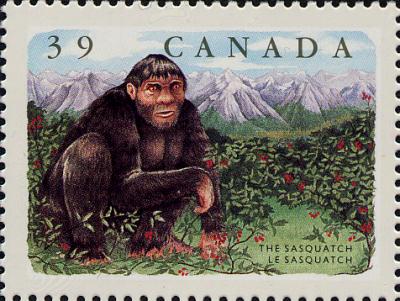 this, it was a very early example of an ape man that had continued to live on. To find one was to look into the very soul of mankind’s still unknown and unproved origins.
this, it was a very early example of an ape man that had continued to live on. To find one was to look into the very soul of mankind’s still unknown and unproved origins.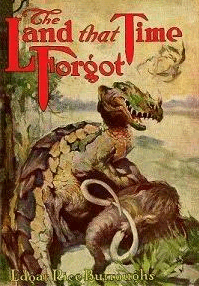
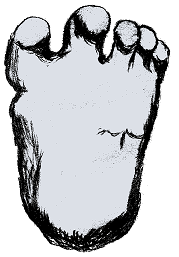 they wanted. Only the Yeti’s famous cone head came to America, and with it the theory of Gigantopithecus and a missing link.
they wanted. Only the Yeti’s famous cone head came to America, and with it the theory of Gigantopithecus and a missing link. 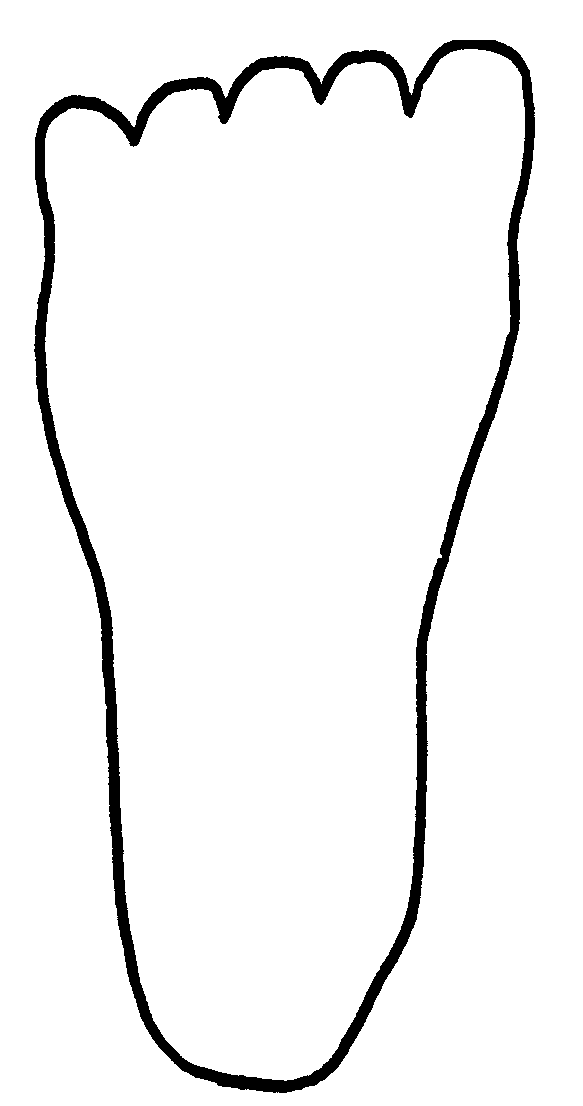 at Ruby Creek, traced in 1941.
at Ruby Creek, traced in 1941. 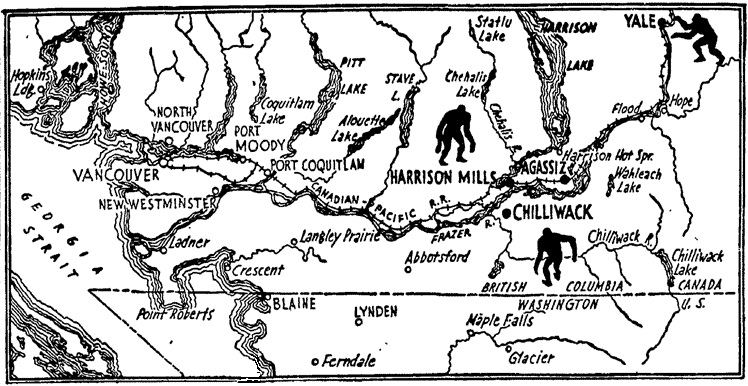
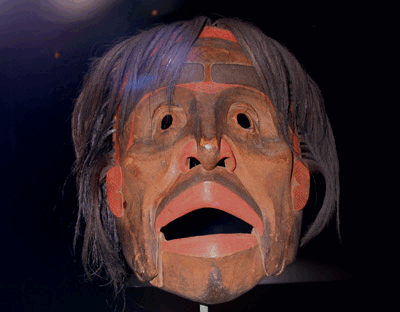
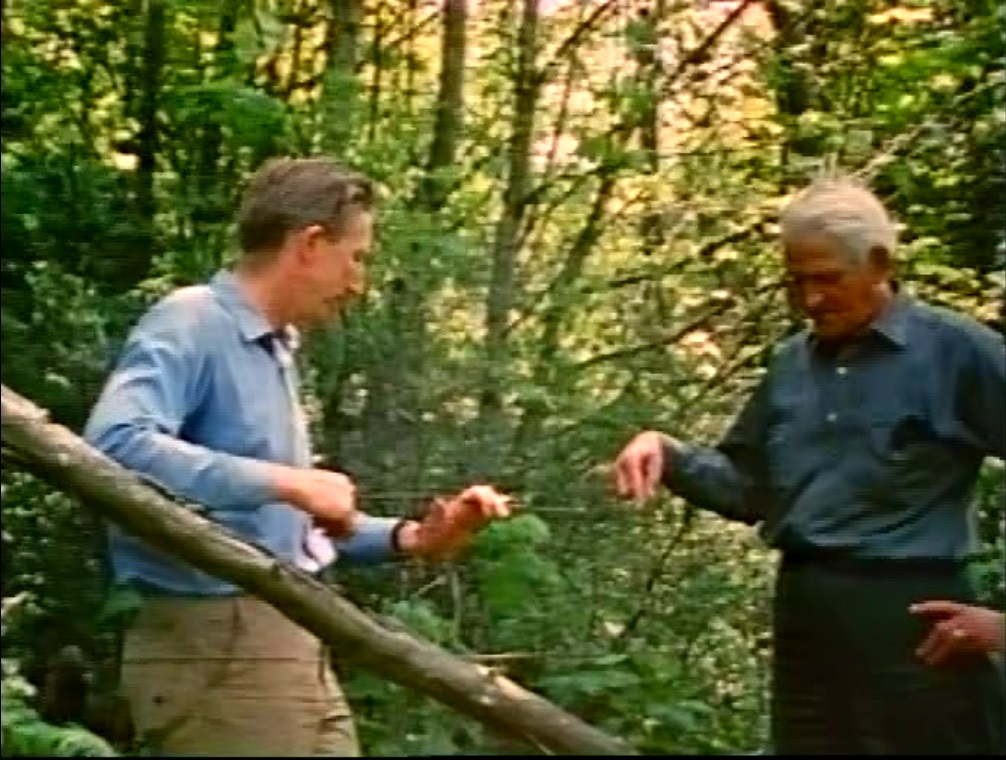 This second type of mask must reflect the other tribe of Sasquatch. Many accounts in America may be questionable, but the artwork evidence is powerful. In addition, one of these “two tribes” is represented in America by hard evidence: the Ruby Creek Print. The same print is implied in Siberia. There is also one significant bit of circumstantial evidence in America. The Sasquatch at Ruby Creek in 1941 had stepped over the CPR fence. This fence is 43 inches tall. This would indicate an inseam near to that. Thus if the eyewitness, Jeannie Chapman, is correct and the “Sasquatch” was 7.5 feet tall, it had roughly an inseam half its height. In other words, it was proportioned like a human being.
This second type of mask must reflect the other tribe of Sasquatch. Many accounts in America may be questionable, but the artwork evidence is powerful. In addition, one of these “two tribes” is represented in America by hard evidence: the Ruby Creek Print. The same print is implied in Siberia. There is also one significant bit of circumstantial evidence in America. The Sasquatch at Ruby Creek in 1941 had stepped over the CPR fence. This fence is 43 inches tall. This would indicate an inseam near to that. Thus if the eyewitness, Jeannie Chapman, is correct and the “Sasquatch” was 7.5 feet tall, it had roughly an inseam half its height. In other words, it was proportioned like a human being.